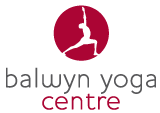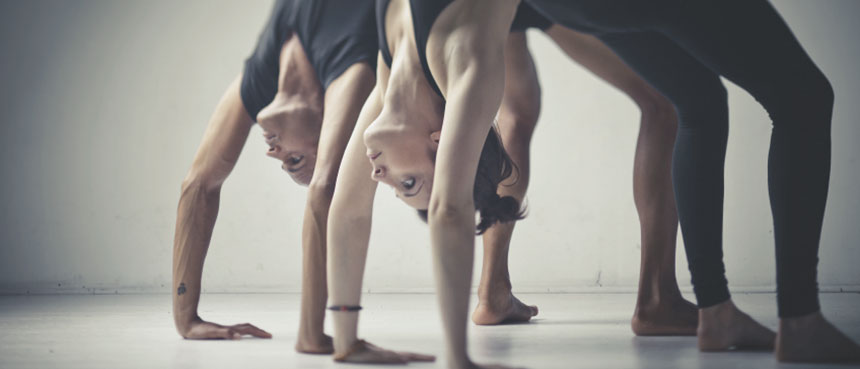Physical vigour, strength and mental exercise are the cornerstones of the yogic tradition
The Yogic tradition was passed on from father to son and teacher to pupil.
Yoga is a daily practice for those who use it. The yogi (one who follows the practice of yoga) is a practitioner, not a philosopher, theologist or psychologist. Yoga enthusiasts practice what they preach. Physical vigour, strength and mental exercise are the cornerstones of the yogic tradition.
Iyengar style Yoga deals with the physical body and its control, health and wellbeing. It strives for perfect equilibrium among bodily functions, among the flow of the ‘solar’ and ‘lunar’ energies in the system. Of all the branches, Iyengar style Yoga is the one best suited to our Western lifestyle.
The history of yoga is replete with a wide variety of postures, or asanas, the most famous being the lotus sitting position. Once in this, or any other posture, the yoga practitioner holds it for a certain length of time.
Pranayama is the conscious control of prana, the intangible life of energy. Prana reaches us from many environmental sources: air, water, sunlight and food. The most abundant of these sources is the air we breathe. Hence breath regulation is the prime concern of pranayama. Like asanas, pranayama helps to calm the body and the mind.
The Balwyn Yoga Centre is not a member of, or affiliated with the BKS Iyengar Yoga Association of Australia. We are not certified by, nor hold accreditation with the Association.

